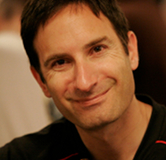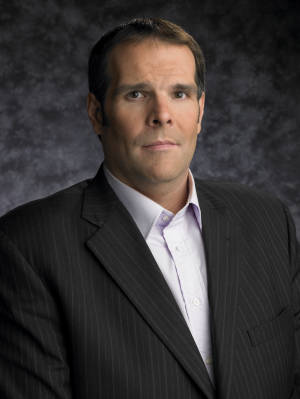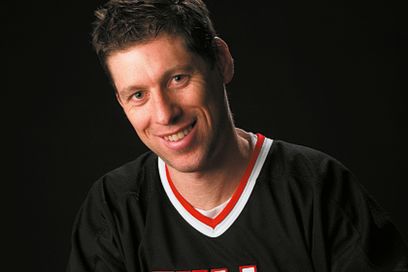
By Paul Wolfe
 During the 18 months where j played poker on Full Tilt Poker tables, the question I am asked most often is a variation of the following:
During the 18 months where j played poker on Full Tilt Poker tables, the question I am asked most often is a variation of the following:
"Hey Paul? '' Qu - what you do in a part of No Limit $10-$20? Ivey, J-dags, and Matusow are tables $25-$50 and E - dog plays of $50-$100 limit holdem. Why do you join you not them? »
The first thing I do when I'm looking for a table is to put my name on the waiting list, which allows me d observe the players before joining them. Then, I join to the table. Most of the time, I choose the first table that will disengage if c is mine s sit. Often, all is well and I am still on this table, but d other times, I decide to join another table. D other times, a player on a seat change is sufficient to render the very juicy part. On rare occasions, I left the table.
When I play, I take notes on the loose and tight players to ensure that this information serve me more later to choose my seat. Meanwhile, I keep one it open on the other tables. If I am called on a table, I m sure that this part is lucrative; otherwise, I'm looking for another table. And there are parts of $3-$6 that are unbeatable and parts of $10-$20 which are very easy, so the selection tables is very important.
If you play to learn, nothing will most help you to play against Howard Lederer and Phil Gordon. But if you play to entertain you and make money, it is not your purpose and you will not search the same tables. If your goal is only to make money, forget all tables except those with weak players (tables that you can afford in your bankroll). Do not play on a low $2-$4 table if you can afford as the tables of $1-$2.
Know where to play is as important as knowing how to play. If you pay special attention to the selection of your tables, you will thus more quickly increase your bankroll.
 During the 18 months where j played poker on Full Tilt Poker tables, the question I am asked most often is a variation of the following:
During the 18 months where j played poker on Full Tilt Poker tables, the question I am asked most often is a variation of the following:"Hey Paul? '' Qu - what you do in a part of No Limit $10-$20? Ivey, J-dags, and Matusow are tables $25-$50 and E - dog plays of $50-$100 limit holdem. Why do you join you not them? »
The first thing I do when I'm looking for a table is to put my name on the waiting list, which allows me d observe the players before joining them. Then, I join to the table. Most of the time, I choose the first table that will disengage if c is mine s sit. Often, all is well and I am still on this table, but d other times, I decide to join another table. D other times, a player on a seat change is sufficient to render the very juicy part. On rare occasions, I left the table.
When I play, I take notes on the loose and tight players to ensure that this information serve me more later to choose my seat. Meanwhile, I keep one it open on the other tables. If I am called on a table, I m sure that this part is lucrative; otherwise, I'm looking for another table. And there are parts of $3-$6 that are unbeatable and parts of $10-$20 which are very easy, so the selection tables is very important.
If you play to learn, nothing will most help you to play against Howard Lederer and Phil Gordon. But if you play to entertain you and make money, it is not your purpose and you will not search the same tables. If your goal is only to make money, forget all tables except those with weak players (tables that you can afford in your bankroll). Do not play on a low $2-$4 table if you can afford as the tables of $1-$2.
Know where to play is as important as knowing how to play. If you pay special attention to the selection of your tables, you will thus more quickly increase your bankroll.




